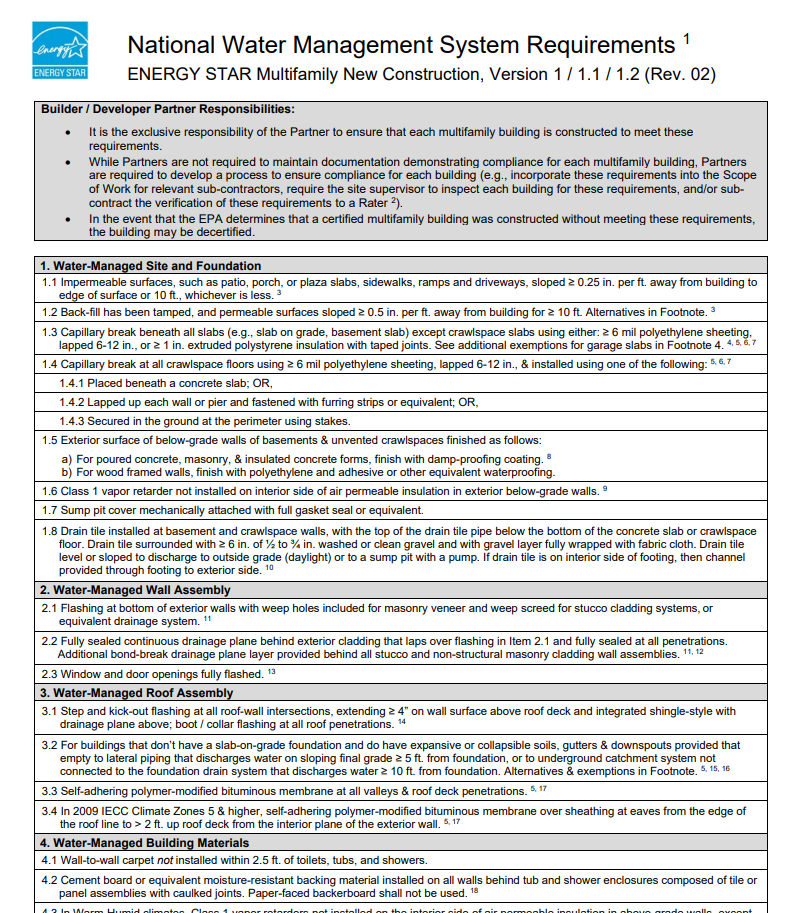Smart toilets have become increasingly popular in recent years, offering advanced features such as automatic flushing, bidet functions, heated seats, and even voice activation. However, a common question from B2B buyers and procurement professionals is whether these high-tech devices consume significant amounts of electricity, which directly impacts operational costs. In this article, we will provide a comprehensive analysis of the electricity consumption of smart toilets and how they compare to traditional models.
1. Key Features of Smart Toilets That Use Electricity
Smart toilets integrate various features that require electrical power. Below is a breakdown of the most common features:

| Feature | Description | Electricity Usage |
|---|---|---|
| Heated Seats | Provides warmth for user comfort, especially in colder climates. | Moderate (around 50–70 watts) |
| Warm Water Bidet | Offers adjustable water temperature for a better hygiene experience. | High during use (up to 850 watts). |
| Automatic Flushing | Detects when a user leaves and flushes automatically. | Low (about 5–10 watts per flush). |
| Night Lights | Built-in LED lighting for nighttime use. | Minimal (1–5 watts). |
| Deodorization System | Eliminates unpleasant odors using activated carbon filters. | Moderate (10–20 watts). |
| Dryer Function | Dries users after using the bidet, eliminating the need for toilet paper. | High during use (1000–1400 watts). |
| Smart Controls | Features like app connectivity, voice control, or sensors for customization. | Low (standby power < 5 watts). |
2. Average Electricity Consumption of Smart Toilets
Electricity consumption depends on the specific features enabled and how frequently the toilet is used. Here’s a general estimate for daily usage in a residential or commercial setting:
- Standby Mode: Smart toilets consume 1–5 watts per hour when idle, primarily powering sensors and LED indicators.
- Active Use: Features like bidets and dryers consume the most electricity, ranging from 850 to 1400 watts during operation, typically lasting 1–2 minutes.
For context, if a smart toilet operates for 10 minutes a day with active features and remains on standby for the rest of the time, its total daily consumption would be approximately 0.5–1.5 kWh, which is comparable to a small household appliance like a microwave oven.
3. Comparing Smart Toilets to Traditional Toilets
Traditional toilets do not require electricity unless paired with optional accessories like electric bidets. Below is a comparative table:
| Aspect | Smart Toilets | Traditional Toilets |
|---|---|---|
| Electricity Usage | 0.5–1.5 kWh/day depending on features. | None (except for electric bidet add-ons). |
| Water Efficiency | High (can save water with dual-flush options). | Moderate (depends on flush system). |
| Maintenance | Requires occasional servicing for electrical parts. | Minimal maintenance for standard mechanisms. |
| Comfort Features | Heated seats, bidets, and dryers enhance comfort. | Limited to basic functionality. |
| Cost | Higher upfront cost, ongoing electricity costs. | Lower upfront cost, no electricity expenses. |
4. Factors Influencing Electricity Consumption in Smart Toilets
a. Climate and Location
In colder regions, heated seats and warm water bidets are used more frequently, increasing electricity consumption. Conversely, in tropical climates, these features may be less essential.
b. User Frequency
High-traffic locations like shopping malls or hotels will see greater electricity usage compared to homes due to frequent activation of features.
c. Brand and Model
Premium brands often integrate energy-saving technologies, such as automatic shut-off or energy-efficient components.
Best Smart Toilets – The Only 6 To Consider Today
5. Energy-Saving Tips for Smart Toilets
For B2B buyers considering smart toilets for large-scale procurement, here are some recommendations to minimize energy consumption:
- Choose Models with Energy-Saving Modes: Look for toilets that automatically enter standby mode when not in use.
- Adjust Settings: Lower the temperature of heated seats and water to conserve electricity.
- Install Motion Sensors: Ensure features like bidets and dryers only activate when needed.
- Conduct Routine Maintenance: Regularly clean sensors and replace filters to keep the toilet operating efficiently.
Energy standards for appliances in key markets
ENERGY STAR MFNC Water Management System Requirements Version 1_1.1 (Rev. 02)

6. Why Electricity Consumption Matters for B2B Buyers
When supplying smart toilets to supermarkets or hotels, electricity consumption becomes a key factor in determining long-term operational costs. Energy-efficient smart toilets can enhance the sustainability profile of a business, aligning with global ESG (Environmental, Social, and Governance) standards.
Conclusion
Smart toilets do use electricity, but their consumption is relatively modest compared to other appliances. By selecting energy-efficient models and optimizing settings, businesses can enjoy the comfort and convenience of smart toilets without incurring excessive costs.
